Kinetic energy is the energy of motion. Kinetic energy is an expression of the fact that a moving object can do work on anything it hits; it describes the amount of work the object could do as a result of its motion.Whether something is zooming, racing, spinning, rotating, speeding, flying, or diving… if it’s moving, it has kinetic energy. How much energy it has depends on two important things: how fast it’s going and how much it weighs. A bowling ball cruising at 100 mph has a lot more kinetic energy than a cotton ball moving at the same speed.
Select a Lesson
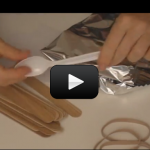 | Catapults When you drop a ball, it falls 16 feet the first second you release it. If you throw the ball horizontally, it will also fall 16 feet in the first second, even though it is moving horizontally… it moves both away from you and down toward the ground. |
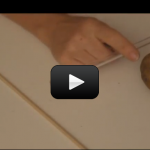 | Potato Cannon This experiment is for kids Grades 9-12.There are several different ways of throwing objects. This is the only potato cannon we've found that does NOT use explosives, so you can be assured your kid will still have their face attached at the end of the day. |
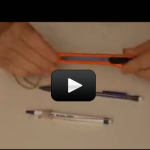 | P-Shooters This is a simple, fun, and sneaky way of throwing tiny objects. It's from one of our spy-kit projects. Just remember, keep it under-cover. Here's what you need: |
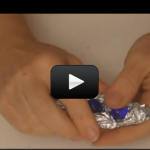 | Bobsleds Bobsleds use the low-friction surface of ice to coast downhill at ridiculous speeds. You start at the top of a high hill (with loads of potential energy) then slide down a icy hill til you transform all that potential energy into kinetic energy. |
 | Roller Coasters We're going to build monster roller coasters in your house using just a couple of simple materials. You might have heard how energy cannot be created or destroyed |
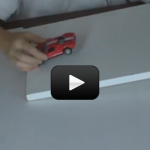 | Go Go GO!! This is a nit-picky experiment that focuses on the energy transfer of rolling cars. You'll be placing objects and moving them about to gather information about the potential and kinetic energy. |
